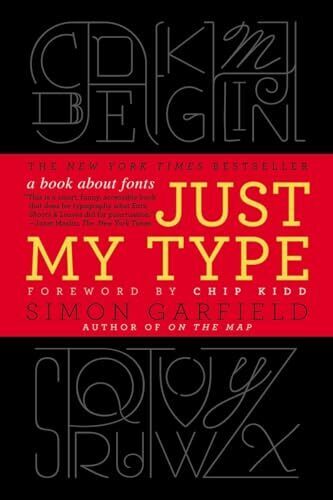
The good
-
Truly makes you notice typography much more. After reading this book, you can’t help but be more aware of the fonts used all over the place.
-
Makes you appreciate the impact typography has a lot more, too: that is, the way different typographical choices makes you feel, how clearly they convey information, the subtle connotations they carry, and so on. It’s fun to see the evolution of typography and to see some of the hallmarks of various ages: e.g., you can’t see a blackletter German font and not have a reaction.
-
You get the author is a huge typography nerd and is super into this field. It’s always fun to read a book by someone really passionate about something.
The not so good
-
The book presents so many fonts, and many just briefly, that it becomes a bit overwhelming. I learned some things for sure, but even a few days later, I struggle to recall most of the details. I can’t help but feel like there must’ve been a better way to present some of this information (e.g., side by side comparisons of the same text in the various styles) that would’ve made it more sticky.
-
Some parts of the book delve into very nerdy tangents that aren’t as interesting as other parts. This is the risky with reading work by someone super passionate about a topic.
